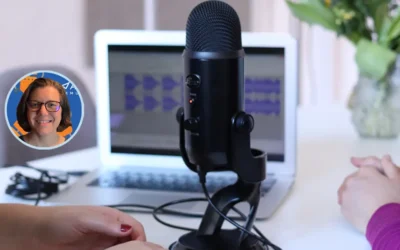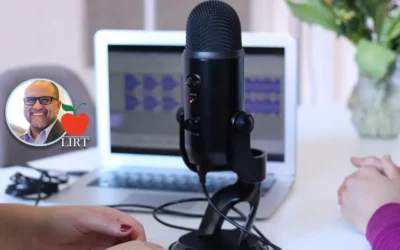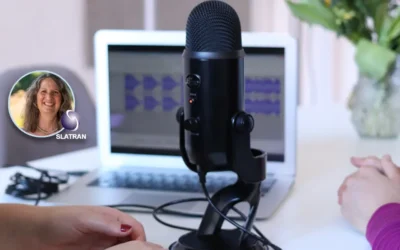Consider the Special Library User Experience: UX Design
Lauren Hays
This is the third post in a three-part series on the online experience of the user. You can read about usability and user interface design in my previous two posts. Whether you work in a special library, museum, or archive considering, the user experience of visitors to your website is important and necessary.
Often, an individual’s first impression of your organization is determined by a website. As I mentioned previously, usability and user interface design are sub-parts of user experience design, so let’s finish up this series by bringing everything together.
User Experience Defined
According to the Interaction Design Foundation “user experience (UX) design is the process design teams use to create products that provide meaningful and relevant experiences to users. This involves the design of the entire process of acquiring and integrating the product, including aspects of branding, design, usability and function.”
UserTesting gives insight into the purpose of UX design when they quoted a study from the Oxford Journal Interacting with Computers that said, “the goal of UX design in business is to “improve customer satisfaction and loyalty through the utility, ease of use, and pleasure provided in the interaction with a product.” This goal can also be true for our organizations. If we work in a for-profit setting, then building customer satisfaction and loyalty are considerations. In non-profit settings, our websites help to support and further our missions (Morville, 2004).
There are seven factors included in user experience design: useful, usable, desirable, findable, accessible, credible, and valuable. These factors were identified by Morville and then described as:
- Useful: Your content should be original and fulfill a need
- Usable: Site must be easy to use
- Desirable: Image, identity, brand, and other design elements are used to evoke emotion and appreciation
- Findable: Content needs to be navigable and locatable onsite and offsite
- Accessible: Content needs to be accessible to people with disabilities
- Credible: Users must trust and believe what you tell them (U.S. Department of Health and Human Services, 2019)
- Valuable: the site must be seen as adding value to the visitor (Morville, 2004)
Application of User Experience Design
In your special library, museum, or archive, you will want to think specifically about how to incorporate user experience design into your website. To create a good user interface experience, consider why individuals visit your site. Once those reasons are clearly articulated you can start determining the best design strategies for each of the seven factors of user experience design.
Once the why is identified, you can start helping web designers understand what your users need and how they will be interacting with the site.
Conclusion
This post completes the three-part series on the user experience. This is a topic I am very passionate about and hope you have found it helpful. Many of our users visit our websites before they interact with any employee or visit our organizations in person. Spending time designing a good user experience is worth the effort.
Recommended Resources
Garrett, J. J. (2000). Elements of user experience. Retrieved from
http://uxdesign.com/assets/Elements-of-User-Experience.pdf
References
Interaction Design Foundation. (2019). What is user experience (UX) design? Retrieved from
https://www.interaction-design.org/literature/topics/ux-design
Morville, P. (2004). User experience design. Retrieved from
http://semanticstudios.com/user_experience_design/
U.S. Department of Health and Human Services. (2019). User experience basics. Retrieved from
https://www.usability.gov/what-and-why/user-experience.html
UserTesting. (2019). What is UX design? 15 user experience experts weigh in. Retrieved from
https://www.usertesting.com/blog/what-is-ux-design-15-user-experience-experts-weigh-in/
Lauren Hays
Lauren Hays, PhD, is an Assistant Professor of Instructional Technology at the University of Central Missouri. Previously, she worked as an Instructional and Research Librarian at a private college in the Kansas City metro-area. Prior to working in higher education, she was employed by the National Archives and Records Administration and worked as an intern at the Harry S. Truman Presidential Library & Museum. Please read more on Lauren’s skills for special librarians, and you may want to take a look at Lucidea’s powerful ILS, SydneyEnterprise.
Similar Posts
Interview with Susannah Barnes about the SLA Data Community
Susannah Barnes is the Co-Lead of the Data Community for the Special Libraries Association. If you work with data in any capacity, this interview will be of interest to you.
Interview with Victor Baeza about ALA’s Library Instruction Round Table
Interview with Victor Baeza, President of LIRT, about how it benefits from and supports special librarians whose roles involve teaching or training.
Interview with Eugene Giudice, SLA Treasurer
Interview with SLA’s Treasurer about the future of the special library profession and how the Special Libraries Association can benefit librarians
Interview with Cara Marcus on Transportation Librarianship and SLA
Interview with Cara Marcus, the president of the Special Libraries Association (SLA) transportation community about transportation libraries and SLA
Hosting service
Enjoy all of the benefits of your Lucidea solution with secure, reliable, stress free hosting
Programs & incentives
No matter your size or budget, we’ve got you covered, today and tomorrow




Leave a Comment
Comments are reviewed and must adhere to our comments policy.
0 Comments